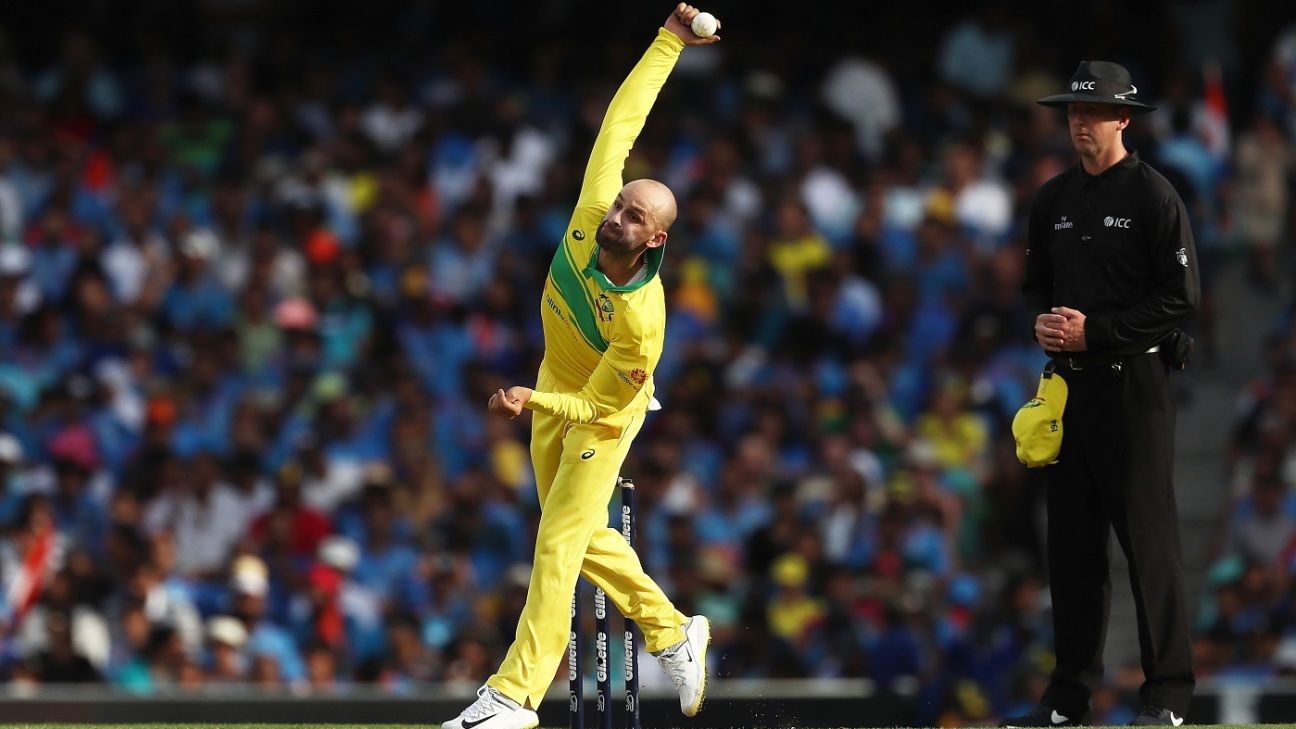Australia’s ODI series defeat by India exposed another major flaw in the national team’s approach to 50-over matches since the 2015 World Cup – chiefly their reluctance to play spin meaning they have now fallen well and truly behind the leading opponents in terms of white ball tweaking options.
Four years ago, Australia did not include a single full-time spin bowler in their team for the pointy end of the global tournament, leaving Xavier Doherty on close to exclusive drinks duty while Nathan Lyon did not even make the squad. Since then, Adam Zampa, Ashton Agar and Lyon have all been tried, but without the consistency or faith extended by most other countries to their slow bowlers.
The contrast with India at the MCG on Friday night was stark, as the tourists were able to shuffle out Kuldeep Yadav and replace him with the highly-skilled Yuzvendra Chahal while at the same time also employing Ravindra Jadeja and Kedar Jadhav. Meanwhile the Australians had dropped Lyon for Zampa, maintaining a policy of only using one spinner at most while seldom giving that one slow bowling option an extended run in the team.
England, another leading nation in 50-over matches, have been consistent in using both Moeen Ali and Adil Rashid, with the latter in particular blossoming into a world class threat to batsmen in the middle overs of an innings.
Justin Langer, Australia’s coach, noted the contrast between Chahal’s record haul of 6 for 42 and Zampa’s 0 for 34, after Lyon had also gone without a wicket in each of the first two matches of the series. In going on to identify the importance of wicket-taking spinners in the middle overs of an innings, Langer exposed how little investment Austrlaia had placed in white-ball spin bowling for most of the four years they have had to prepare for this year’s World Cup in England.
“Nathan Lyon is probably the best off-spinner in the world. The reason why he didn’t play is that we felt that he had played two games on the back of the philosophy of trying to take wickets … then we hadn’t taken any wickets,” Langer said. “Also with the number of right handers in the Indian side, we decided to go with ‘Zamps’ to spin the ball away from the bat rather than into it.
“But Nathan Lyon is a gun. He is a world-class spinner … he is a very good fielder and one of our senior members of the team. We don’t traditionally play two spinners in one-day cricket, but it might come up in the World Cup. And certainly, in India and the UAE, there’s a good chance that will happen. There might be opportunities … where you might play both of them. If it doesn’t, depending on the opposition, we’ll pick one of those two to play in the World Cup.
“We have identified, though, that you have got to, between the 10-and-40-over mark, we have got to take wickets otherwise it gets down to the end and that’s what happened to us. We lost wickets in the middle overs and then you get down to the end and you haven’t got your main batsmen in.”
Zampa enjoyed a pair of highly successful series, a triangular tournament against West Indies and South Africa, then a bilateral in Sri Lanka, during 2016. But since then he has been starved of opportunities, playing 34 ODIs overall whereas Kuldeep has played 35 despite debuting for India more than a year after Zampa. Chahal has also played 35 in a shorter time-span than Zampa.
“If he can spin the ball both ways, he becomes a fantastic option for us, as we are seeing all round the world,” Langer said of Zampa. “It’s no secret to anyone that the leg-spinner is having a huge impact on the game and most of them who are can spin it both ways and ‘Zamps’ showed, some of those leggies he bowled and wrong-uns, was very pleasing.”
So in addition to top order batting, a balance of shotmaking and strike rotation in the middle and more adroit use of pace, spin is yet another area in which the Australian ODI team is playing catch-up, dangerously close to the start of the World Cup.
